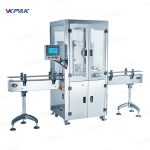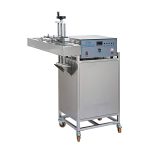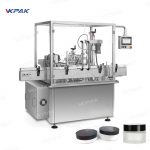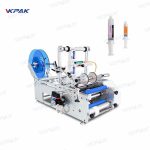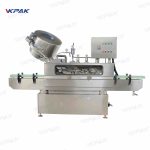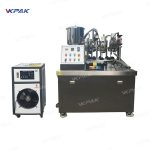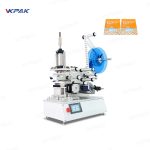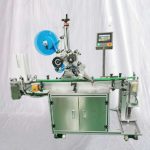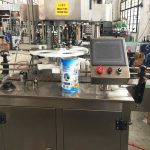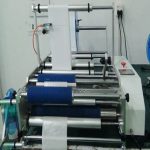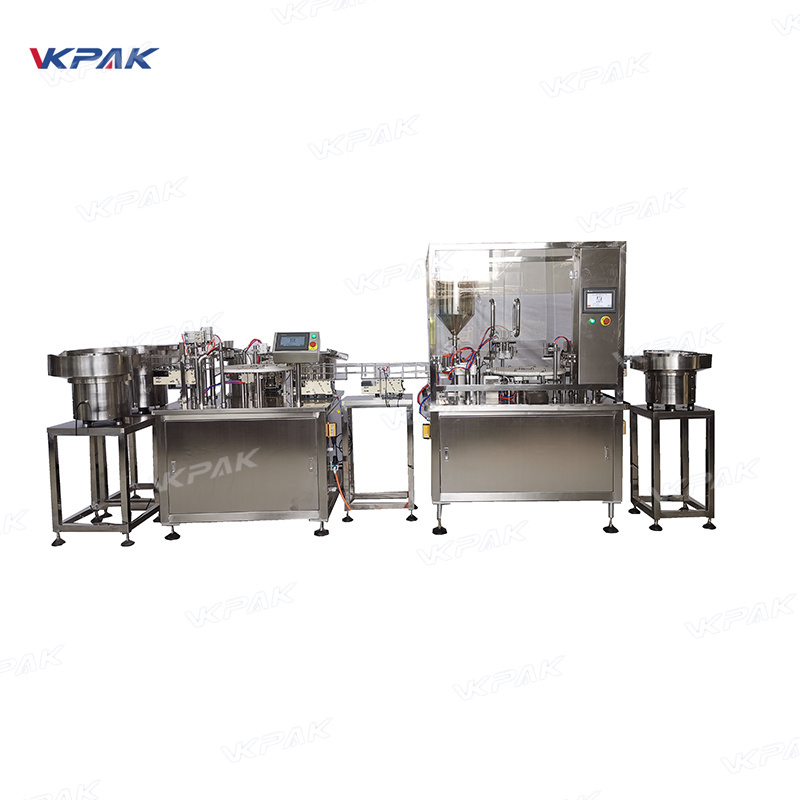
- Syringe volume(ml): 0.5-50
- Filling volume(ml): 0-50
- Filling accuracy: ≤±0.3%
- Speed(Pcs/minute): 15-20
- Speed(Pcs/hour): 900-1200
- Total power(Kw): 2.5
- Compressed air: 0.55-0.75 Mpa 20L/S
- Overall dimension(mm)(L*W*H): 1450*800*1800
- Weight of basic machine(kg): 650
Regarding the filling & stoppering closing machine, the secondary packaging line consists of an integrated machine suitable for the insertion of plunger rod inside the syringe barrels and for the syringe labelling.
The pre-filled syringes are loaded in bulk into a vibratory bowl and then oriented into a linear feeding chute to the central machine carousel.
Upon request, the machine can be equipped with an automatic system to de-nest the syringe barrels from the nest and to feed them to the linear feeding chute for further transfer to the central transport star-wheel.
The insertion of the plunger rod, like the operation of pick-up and moving the syringes, is precise and safe to avoid any possible damage to the syringes.
The plunger rod are also fed by a vibratory bowl and indexed into one row to be transferred to the central star-wheel, which provides for the plunger rod screwing.
The machine can also be arranged for the later attachment of an additional station for back-stop safety insertion.
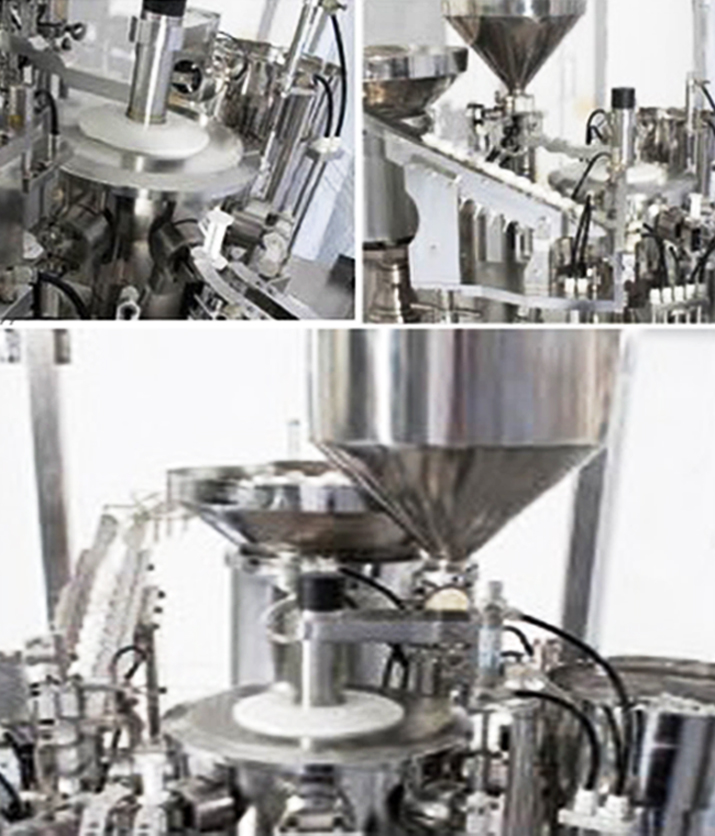
Parameter Of Filling Closing Machine For Syringe
| Application | To fill water-based soultion / poultice / viscous / liquid / gel into prefillable syringes and close them. |
| Syringe volume (ml) | 0.5-50 |
| Filling volume (ml) | 0-50 |
| Filling accuracy | ≤±0.3% |
| Speed (Pcs/minute) | 15-50 |
| Speed (Pcs/hour) | 900-3000 |
| Total power(Kw) | 2.5 |
| Compressed air | 0.55-0.75 Mpa 20L/S |
| Overall dimension (mm) (L*W*H) | 1450*800*1800 |
| Weight of basic machine (kg) | 650 |
| Packing | Plywood case |
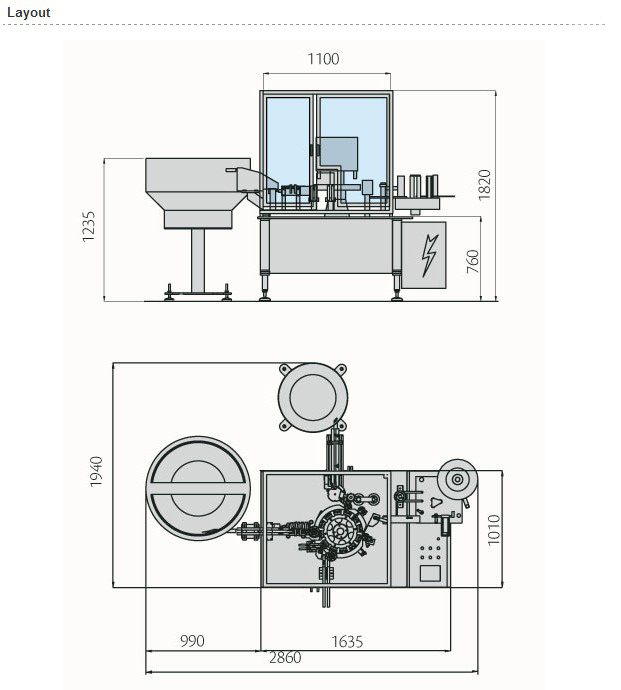
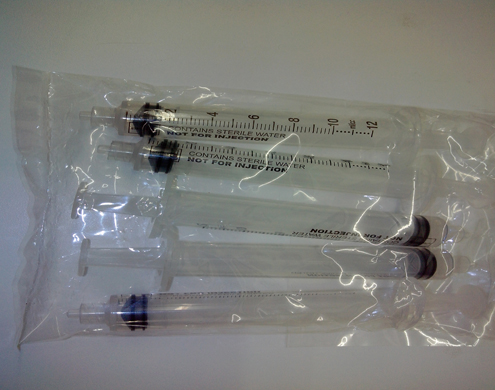
Performance Characteristics:
1. Human-machine interface operation, PLC control system, no tube, no filling/no capping.
2. Servo system filling, filling volume and speed can be set on the human-machine interface.
3. Specially designed for materials such as gels, the pump body is made of imported ceramic material, with high filling accuracy and long service life.
4. The production line can be equipped with fully automatic assembly equipment such as 3-piece and 4-piece sets of gel tubes. The production line adopts modular design, and single machines can be automatically produced.
5. The main electrical components of this machine are all well-known foreign brands.
6. The whole machine shell is made of 304 stainless steel, which is easy to clean and meets GMP requirements.
What Is The Syringes For Filling And Sealing?
A syringe is a simple reciprocating pump consisting of a plunger (though in modern syringes, it is actually a piston) that fits tightly within a cylindrical tube called a barrel.The plunger can be linearly pulled and pushed along the inside of the tube, allowing the syringe to take in and expel liquid or gas through a discharge orifice at the front (open) end of the tube. The open end of the syringe may be fitted with a hypodermic needle, a nozzle or tubing to direct the flow into and out of the barrel. Syringes are frequently used in clinical medicine to administer injections, infuse intravenous therapy into the bloodstream, apply compounds such as glue or lubricant, and draw/measure liquids.
Pre-filled syringes have been around for decades but in recent years, they are becoming an increasingly attractive choice for medical professionals as they are easy to use and help eliminate dosing errors (when compared to traditional vials).
Sectors in the syringe and needle market include disposable and safety syringes, injection pens, needleless injectors, insulin pumps, and specialty needles.Hypodermic syringes are used with hypodermic needles to inject liquid or gases into body tissues, or to remove from the body. Injecting of air into a blood vessel is hazardous, as it may cause an air embolism; preventing embolisms by removing air from the syringe is one of the reasons for the familiar image of holding a hypodermic syringe pointing upward, tapping it, and expelling a small amount of liquid before an injection into the bloodstream.
The barrel of a syringe is made of plastic or glass, usually has graduated marks indicating the volume of fluid in the syringe, and is nearly always transparent. Glass syringes may be sterilized in an autoclave. Plastic syringes can be constructed as either two-part or three-part designs. A three-part syringe contains a plastic plunger/piston with a rubber tip to create a seal between the piston and the barrel, where a two-part syringe is manufactured to create a perfect fit between the plastic plunger and the barrel to create the seal without the need for a separate synthetic rubber piston. Two-part syringes have been traditionally used in European countries to prevent introduction of additional materials such as silicone oil needed for lubricating three-part plungers.Most modern medical syringes are plastic because they are cheap enough to dispose of after being used only once, reducing the risk of spreading blood-borne diseases. Reuse of needles and syringes has caused spread of diseases, especially HIV and hepatitis, among intravenous drug users. Syringes are also commonly reused by diabetics, as they can go through several in a day with multiple daily insulin injections, which becomes an affordability issue for many. Even though the syringe and needle are only used by a single person, this practice is still unsafe as it can introduce bacteria from the skin into the bloodstream and cause serious and sometimes lethal infections.In medical settings, single-use needles and syringes effectively reduce the risk of cross-contamination.
Medical syringes are sometimes used without a needle for orally administering liquid medicines to young children or animals, or milk to small young animals, because the dose can be measured accurately and it is easier to squirt the medicine into the subject's mouth instead of coaxing the subject to drink out of a measuring spoon.
